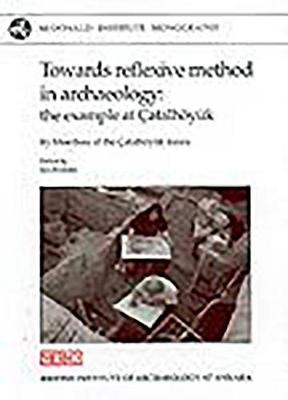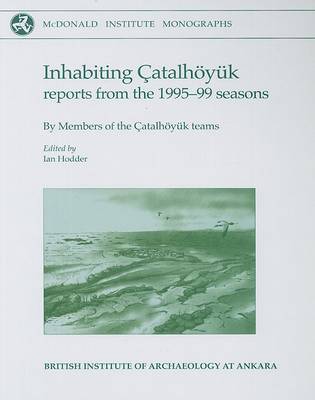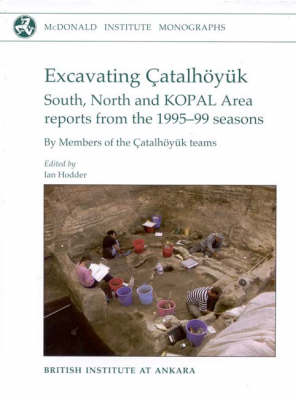McDonald Institute Monographs
5 total works
In the early 1990s the University of Cambridge reopened excavations at the Neolithic site of Catalhöyuek in central Turkey, abandoned since the 1960s. In this volume, Ian Hodder explains his vision of archaeological excavation, where careful examination of context and an awareness of human bias allows researches exciting new insights into prehistoric cognition. The aim of the volume is to discuss some of the reflexive or postprocessual methods that have been introduced at the site in the work there since 1993. These methods involve reflexivity, interactivity, multivocality and contextuality or relationality.
This volume, number six in the Çatalhöyuek Research Project series, draws on material from Volumes 3 to 5 to deal with broad themes. Data from architecture and excavation contexts are linked into broader discussion of topics such as seasonality, art and social memory. Rather than assuming that the work of the project is finished once the basic excavation and laboratory results have been presented in Volumes 3 to 5, it has been thought important to present more synthetic accounts that result from the high degree of integration and collaboration which the project has strived for at all stages. In this synthetic volume we most clearly describe the stories we have been telling ourselves during the data recovery/interpretation process. This volume thus provides a contextualisation of the work carried out in Volumes 3 to 5; it records the framework of thought within which the data were collected and studied, but it is also the result of the interpretation that occurred in the interaction with data.
Volume 4 deals with various aspects of the habitation of Çatalhöyuek. Part A embarks on a discussion of the relationship between the site and its environment, using a wide range of evidence from faunal and charred archaeobotanical remains. Part B looks at evidence from human remains which inform us about diet and lifestyle, as well as wider issues of population dynamics and social structure, including a consideration of population size. Part C looks at the sediments at Çatalhöyuek, exploring ways in which houses and open spaces in the settlement were lived in. In all of these ways, a picture is built up of the way in which people moved through and lived in the natural and cultural environment of the places we subsume under the name of 'Çatalhöyuek'.
Ian Hodder's campaigns of excavation at the world-famous Neolithic settlement of Çatalhöyuek are one of the largest, most complex, and most exciting archaeological field projects in the world and recognized as agenda-setting not only in terms of our understanding of early farming communities in the Near East, particularly the central role religion played in their daily lives, but also in terms of the interaction between theory and practice in the trenches and on-site laboratories. This volume presents the results of excavation in three areas of the site, known as South, North, and KOPAL, excavated between 1995 and 1999. The book describes aspects of the excavation, recording and sampling methodologies that are necessary for an understanding of the results presented plus it incorporates interpretive discussion. It brings in data from the study of animal bones, lithics, ceramics, micromorphology and the full suite of analyses conducted on the material. These accounts are interspersed with individual specialists' commentaries and conclusions, that mimic the process of collaborative interpretation that takes place during excavation and post-excavation. The 'objective descriptions' of the archaeology are thus exposed as interpretations involving a balancing of a variety of different types of data and scholarly input. Another thought-provoking volume in the Çatalhöyuek excavation series which will be read with profit by any archaeologist engaged in working at theory in practice in the field.
Volume 5 deals with aspects of the material culture excavated in the 1995-99 period. In particular it discusses the changing materiality of life at the site over its 1100 years of occupation. It includes a discussion of ceramics and other fired clay material, chipped stone, groundstone, worked bone and basketry. As well as looking at typological and comparative issues in relation to these materials, the chapters explore themes such as the specialisation and scale of production, the engagement in systems of exchange, and consumption, use and deposition. A central question concerns change through time, and the degree and speed of this change. The occupants of the site increasingly get caught up in relations with material objects that start to act back upon them.




